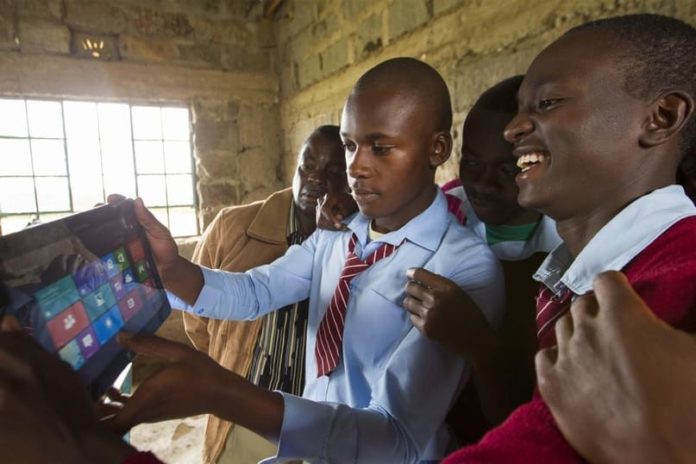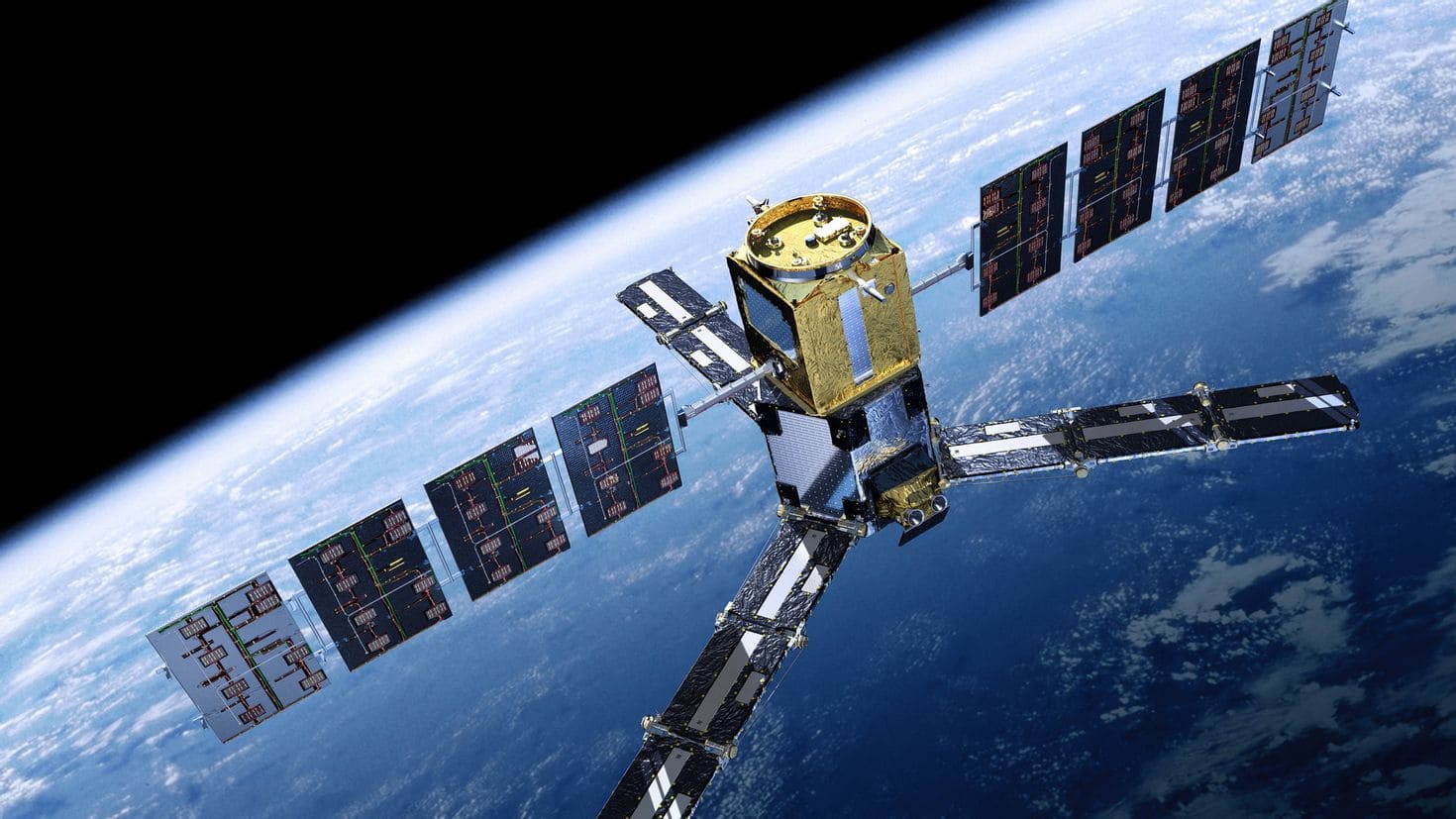Imagine a world where everyone, regardless of their location, has access to the internet. In Africa, this vision is becoming a reality, thanks to the power of satellites. Connectivity is crucial for development, education, healthcare, and economic growth. Yet, many parts of Africa remain underserved by traditional internet infrastructure. This is where satellites come into play, offering a promising solution to bridge the connectivity gap.
The connectivity challenge in Africa
Africa’s current state of internet and telecommunications reveals a landscape of stark contrasts. Urban areas often enjoy high-speed internet, while rural regions struggle with limited access or none at all. The continent’s vast and varied geography poses significant infrastructure challenges. Building the necessary land-based infrastructure, such as fiber-optic cables, is expensive and logistically complex.
Why satellites?
Satellites offer several advantages over traditional connectivity methods. They can provide coverage to remote and underserved areas without the need for extensive ground infrastructure. Unlike cables, which are vulnerable to damage and require constant maintenance, satellites can deliver consistent service with fewer physical interruptions. Moreover, satellites can rapidly deploy connectivity solutions, making them ideal for emergency situations and immediate needs.
Types of satellites used
Geostationary satellites
Geostationary satellites orbit at a high altitude, remaining fixed above one point on the Earth’s surface. This allows them to cover large areas, making them suitable for broadcasting and telecommunications.
Low Earth orbit (LEO) satellites
LEO satellites orbit much closer to the Earth, which reduces latency and increases internet speed. Companies like SpaceX’s Starlink are leveraging LEO satellites to provide high-speed internet across the globe, including Africa.
Medium Earth orbit (MEO) satellites
MEO satellites operate between the altitudes of LEO and geostationary satellites. They offer a balance of coverage area and low latency, making them suitable for various communication needs.
Major players in satellite connectivity
Several entities are spearheading the satellite connectivity movement in Africa. Governments are launching initiatives to improve digital infrastructure, while private companies are investing in satellite technology to expand their market reach.
Satellite technology in action
Case studies of successful implementations
In countries like Kenya and Nigeria, satellite technology has already made significant inroads. For instance, remote villages in Kenya now have access to the internet, enabling residents to connect with the rest of the world and access essential services.
Examples of areas with improved connectivity
Regions that were once digital deserts are now flourishing. Schools, hospitals, and businesses in these areas benefit immensely from satellite connectivity, driving local development and growth.
Impact on education
Access to online educational resources has revolutionized learning in remote parts of Africa. Students can now participate in virtual classrooms, access a wealth of information, and engage with peers and teachers from around the world.
Impact on healthcare
Telemedicine has become a game-changer, especially in rural areas where medical facilities are sparse. Satellite connectivity enables doctors to consult with patients remotely, share medical data, and provide timely interventions. Health information systems are also streamlined, improving overall healthcare delivery.
Economic benefits
Satellite connectivity supports businesses by providing reliable internet access, crucial for modern commerce. Entrepreneurs can reach wider markets, access digital payment systems, and leverage online platforms to grow their ventures. Enhanced connectivity also attracts foreign investment, driving economic growth.
Social impact
Connectivity fosters community development by bridging the urban-rural divide. It empowers individuals with information, enabling them to make informed decisions and improve their quality of life. Social services, governance, and civic participation are also enhanced through better communication channels.
Challenges and limitations
Despite the many benefits, satellite technology in Africa faces challenges. The cost of deploying and maintaining satellite networks can be high, posing a barrier for widespread adoption. Technical issues, such as signal interference and latency, also need to be addressed to ensure consistent service.
Future prospects
The future of satellite technology in Africa looks promising. Innovations are making satellites more efficient and cost-effective. Long-term goals include achieving universal connectivity, fostering digital inclusion, and supporting sustainable development across the continent.
Sustainability and environmental impact
As the number of satellites increases, so does the need for eco-friendly solutions. Efforts are underway to develop satellites with minimal environmental impact and to manage space debris effectively, ensuring the sustainability of satellite technology.
Case study: Starlink in Africa
SpaceX’s Starlink project is a notable example of satellite technology’s impact. By deploying a constellation of LEO satellites, Starlink aims to provide high-speed internet across Africa. Early reports suggest significant improvements in connectivity, with many rural areas now online for the first time.
Satellites play a crucial role in connecting Africa, offering solutions to overcome the continent’s unique connectivity challenges. From enhancing education and healthcare to driving economic and social development, the benefits are profound. As technology advances and costs decrease, the dream of universal connectivity in Africa becomes ever more achievable.



